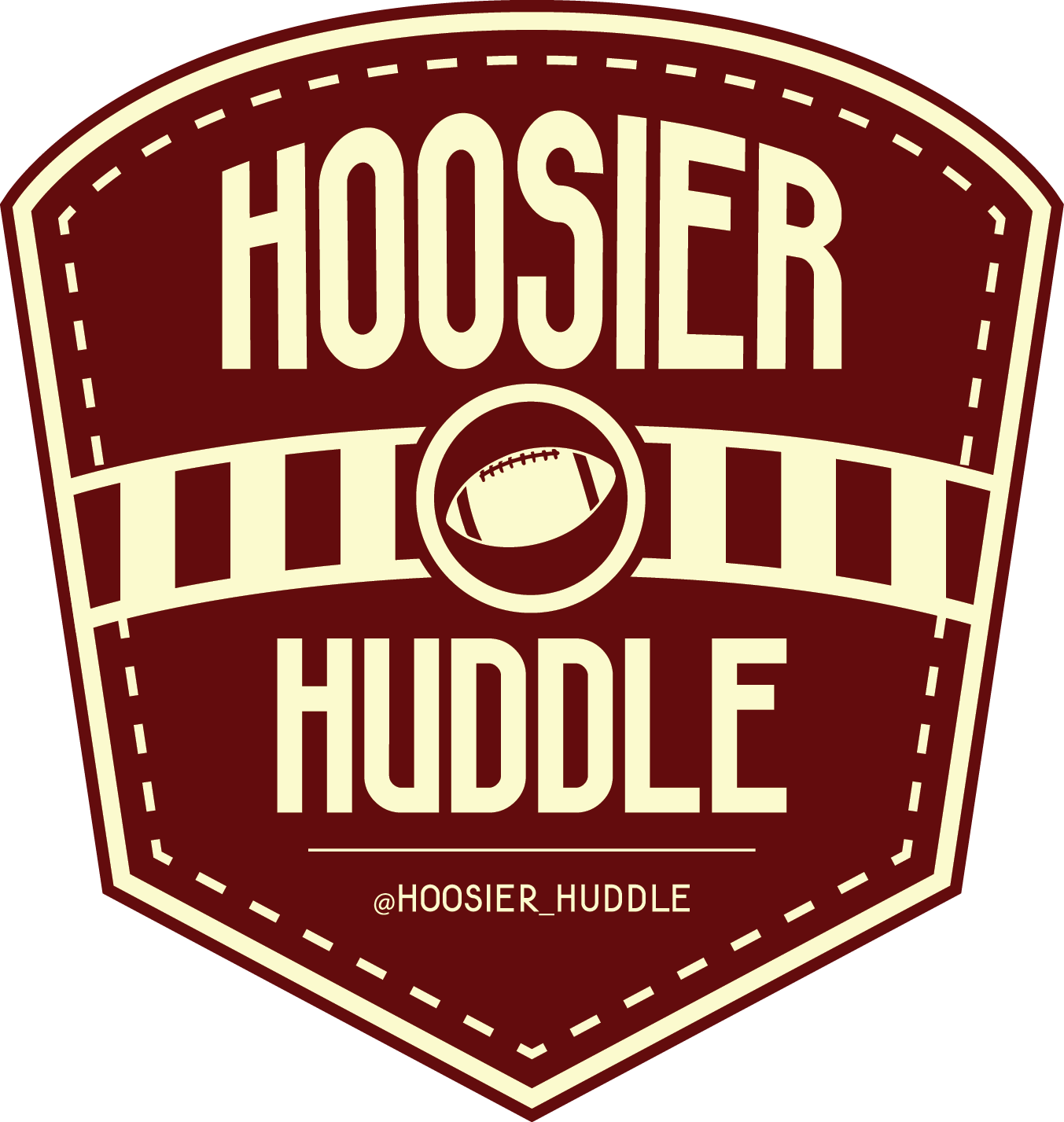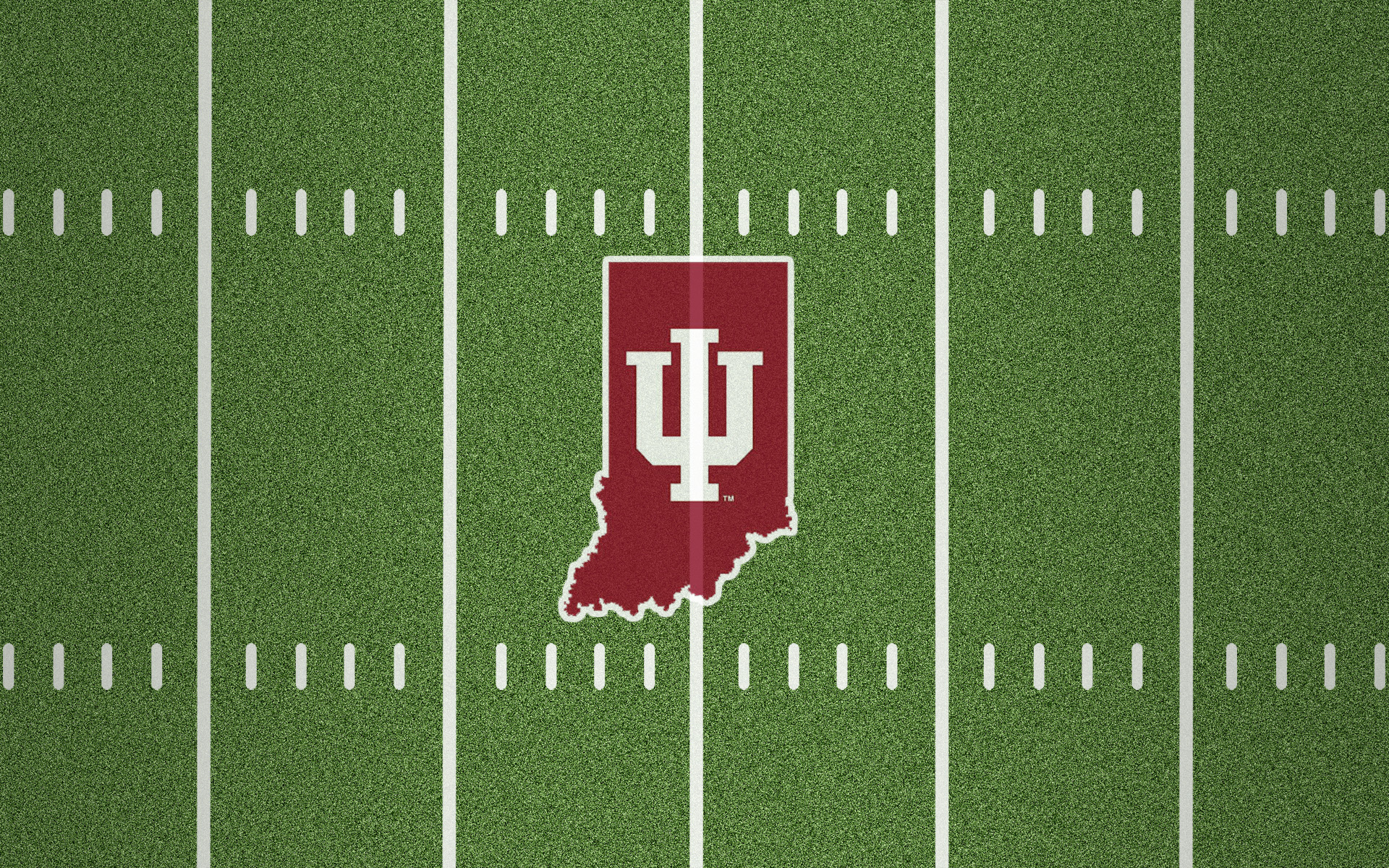2017 Season Grades: Indiana's Offense Lacked as Run Game and Line Play Struggled
/Written By Sammy Jacobs (@Hoosier_Huddle)
After about 48 hours to digest the entire 2017 Indiana Football season, we are ready to pass out our grades for each side of the ball and the coaching staff. Today we start with the offense.
Offense: D
Even a ‘D’ might be too high in some people’s opinions, and rightfully so. The offense was one of the biggest reasons why this team couldn’t ‘Breakthrough’. The Hoosiers finished 69th in total offense gaining 395.8 yards per game, 106th in rushing offense and 37th in the passing game. Add that all up and it lead to an offense that was 77th in the nation scoring 26.8 points per game. Many people will point to offensive coordinator Mike DeBord for the failure on offense, and we’ll get to that in the ‘Coaching’ section, but on the field, it was a lack of a rushing attack and a suspect offensive line that did the Hoosiers in.
The Hoosiers’ ground attack was led by freshman Morgan Ellison who gained 704 yards, scored six touchdowns and played in 11 games. After having three straight 1,000-yard rushers IU obviously took a step back. Cole Gest came on late in the year, but again battled injuries that tested the depth of the unit. Gest finished with 428 yards and a score. Behind these two, there wasn’t much. Quarterback Peytomn Ramsey was the team’s third leading rusher and he missed three of the last four games. Ricky Brookins provided a trusted back, but he finished with just 98 yards, 64 of them on a single run in the Bucket Game. Mike Majette played in only five games and averaged under a yard per carry, while DeVonte Williams was used more in the passing game. Fan favorite Tyler Natee wasn’t even used in a year where IU was down to one scholarship running back in several games. Now is the lack of production here due to a lack of talent and depth or was it because of inconsistent play along the offensive line? It’s a little bit of both. IU will shore up some of the with the arrival of Ronnie Walker, a four-star running back, but there is no question the line has to improve as well.
Speaking of the offensive line, it was a patchwork deal that never really got going outside of the win against Rutgers. This was due to injuries and just an overall lack of talent and depth. Kevin Wilson did not set this position up for a lot of success as he walked away from Bloomington. IU did not have a senior along the line and it showed as they averaged under 3.5 yards per rush and gave up 29 sacks, tied for 91st in the nation. IU doesn’t lose anyone here heading into 2018 and get a couple of nice recruits in this upcoming class, but they will need freshman Caleb Jones, Harry Crider and others to really develop this offseason and make some major strides.
The other position greatly affected by the play of the offensive line was quarterback. The Hoosiers entered the season with senior Richard Lagow behind center and used redshirt freshman Peyton Ramsey as a change of pace. Lagow played well against Ohio State, but after lackluster performances against Virginia and Penn State, the Hoosiers named Ramsey the starter. A move that I agreed with at the time, but in retrospect turned out to be a mistake that cost IU a bowl game. In games started by Ramsey IU’s offense averaged just 23.8 points per game compared to 28.4 when Lagow started.
Ramsey was lost for the rest of the season, outside of garbage duty against Rutgers, after an injury in at Maryland. He finished the year playing in nine games. He completed 65.4 percent of his passes for 1,252 yards with 10 touchdowns and five interceptions. The reason IU turned to Ramsey was because of his legs, but he only averaged 2.5 yards per carry and was mostly ineffective after getting banged up in Big Ten play.
Lagow started the first and last four games of the year and gave the Hoosier offense their best chance to win because of his superior arm. Lagow threw for 1,938 yards and 15 touchdowns and eight interceptions. He completed just 58.3 percent of his passes, so he still had accuracy issues that hurt the offense. While his numbers weren’t much better from last season, Lagow was still the best option at quarterback towards the end of the year. In hindsight, IU should’ve stayed with their two-quarterback system.
The saving grace for this offense was the receiving corps. This was a group that never saw the field at 100 percent capacity as Nick Westbrook was lost for the year on the opening kickoff of the season and Donavan Hale played in just three games. However, Simmie Cobbs was un-guardable for most of the year as defenders did nothing but mug him down field while officials swallowed their whistles for a majority of his targets. Cobbs finished the year with 72 catches for 841 yards and eight touchdowns. The Hoosiers were most successful on offense just chucking the ball up to him. Junior Luke Timian became a nice go to possession receiver for IU as he 68 catches for 589 yards and two scores, but he never really could break away from defenders and had a knack for being just shy of the first down marker on several big occasions. Ian Thomas was impressive when he was healthy making 25 catches for 378 yards and five scores, but after the Penn State game he had only one game with more than two receptions. Ryan Watercutter had a nice year with 12 catches, however it was extremely surprising that Austin Dorris did not see much of the field this season. The future at the position is bright as both Taysir Mack and Whop Philyor produced solid freshman campaigns combining for 56 catches 645 yards and six touchdowns.



